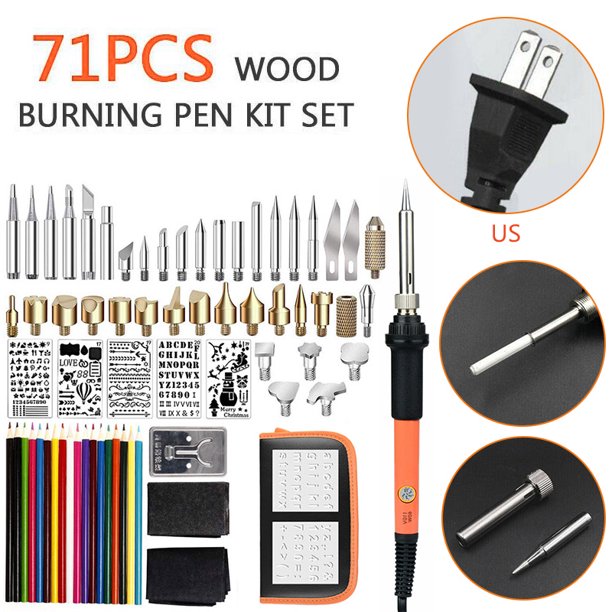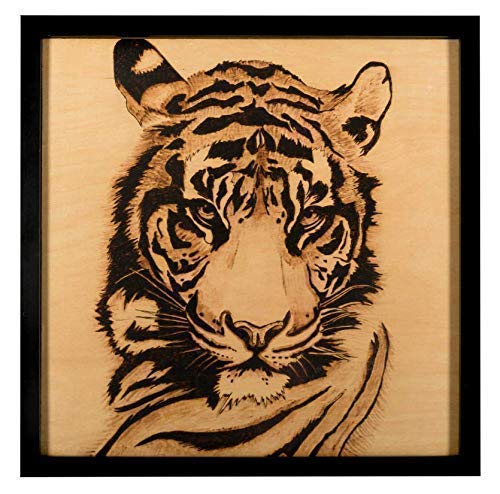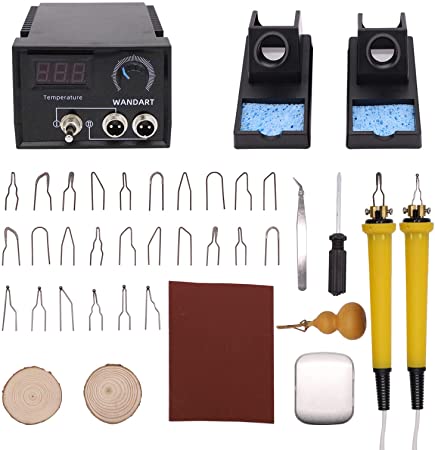
If you've been a student of woodburning for any amount of time, you've probably noticed that many of the articles are about the latest products on the market. One of the best examples of this is Pyrography, The Art Craft of Woodburning (Magazine), Volume 6. This magazine was written by Michael J. Murphy and published in print by Publisher. You might also be interested in reading other magazines.
Stuv
Stuv's 30-inch Stuv 30 wood stoves are available in three operating modes: open fire, glass door, and solid door. The stove is easily visible, and it has a sophisticated design. No matter which setting you choose to use, you'll enjoy the experience. Three different flame patterns are available. Each one brings a unique look to your stove. The Stuv 30 boasts a higher heat output, which provides greater warmth.
Stuv makes woodburning fireplaces. The modern square firebox allows for easy viewing of the fire. It also features a frameless glass door that won't obstruct your view. Depending on your preference, the glass can be raised and lowered. The slim frame makes it possible to use the fireplace either fully closed or with a glass front.
Phelps Pyrography
The latest issue of Phelps Pyrography woodburning magazines will provide more information about pyrography. Pyrography, a form of wood burning that uses heat for creating designs on a surface, is one example. Although this art form may seem daunting, it's actually one the most rewarding and entertaining forms of woodburning.
Essentially, pyrography is writing with fire, so the term 'pyrography' comes from the Greek words "pur" and "graphos." This practice can be traced back to cavemen, and was called fire needle embroidery during the Han Dynasty. Pyrography is a wonderful way to experiment using different materials. It can also be used in functional and decorative projects.
Australian Woodworker

Australian Woodworker (bi-monthly) is dedicated to all aspects Australian Woodworking. It is the leading publication in Australia for woodworkers. It includes news from the international and national scene as well as the latest techniques. It includes woodcarving by both top professionals and talented amateurs.
Australian Woodworker includes informative articles as well as a wide range of pyrographers. They include Brian Graham, an Australian Elbowlake artist and David Kreider and Deb Howard. Francois Peters is a Belgian Pyrographer. The magazine includes reviews of new techniques, as well as a step-by–step guide on woodburning. The magazine is published by Fox Chapel Publishing, a company that also publishes books, magazines, and patterns.
Mauch's
Mauch was a drummer in The Ballroom Thieves' Boston-based band a year ago. Mauch sought out his inner Thoreau and traveled to Maine to begin to explore pyrography. This is the process of turning images into wood. He found a love and passion for woodburning while on his travels.
Bowers

Alexandra Bowers is the subject of a recent issue of Bowers Woodburning Magazine. Bowers was raised in Scottsdale, Arizona. She grew up in a natural environment and spent her days exploring the desert outdoors with her family. This is what fueled her passion for this process. She has also sold her pieces at the Made Boutique downtown Phoenix. You can also find information about her work on her website.
Pyrography magazine's annual issue is now available in shops, newsstands and by mail order. Each issue features inspiring galleries and fascinating artists. There are also reviews of new equipment and tools. Fox Chapel Publishing also publishes magazines, books and patterns. Pyrography magazine is published by Fox Chapel Publishing. Although most articles are about woodworking and sewing, the magazine also features woodworking and sewing.
FAQ
How long does it take to finish a piece of furniture?
It depends on the type of wood you choose, the complexity of the design, and the amount of finishing you apply. Hardwoods are more difficult to maintain than softwoods. Hardwoods are also more expensive than softwoods. They are more durable and can withstand moisture better. The typical time taken to finish a piece furniture takes anywhere from one to three month.
Does it take a genius to make woodworking work?
No. Woodworking is not rocket science. Anyone can learn how to use basic power tools and techniques to create beautiful works of art.
How much should a skilled woodworker earn per hour?
Hourly rates for professional woodworkers vary depending on many factors such as skill, experience, availability, geographical location, and other variables.
The average hourly rate for a skilled woodworker ranges from $20-$50 an hour.
A less experienced woodworker may charge as little as $10 an hour.
What is the minimum amount I will need to start?
There are no exact numbers because every project is different. These are the factors that will give you an idea of how much you'll need.
-
Material costs
-
Tools and equipment
-
The time spent on the project
-
Hourly rate
-
What profit are you expecting to earn?
-
No matter if you are looking to hire someone
Start small, if possible. You can make simple boxes or picture frames if you're just getting started. As you gain experience, you'll be able to tackle more complex projects.
Statistics
- Most woodworkers agree that lumber moisture needs to be under 10% for building furniture. (woodandshop.com)
- In 2014, there were just over 237,000 jobs for all woodworkers, with other wood product manufacturing employing 23 percent; wood kitchen cabinets and countertop manufacturing employing 21 percent. (theartcareerproject.com)
- Overall employment of woodworkers is projected to grow 8 percent from 2020 to 2030, about as fast as the average for all occupations. (bls.gov)
- Woodworkers on the lower end of that spectrum, the bottom 10% to be exact, make roughly $24,000 a year, while the top 10% makes $108,000. (zippia.com)
External Links
How To
How to make wooden joints
This tutorial will show you how to join two pieces of wood together. We will use the "pockethole joint," which means that we drill holes in the wooden pieces and then glue them together. This method is great if your wood's straight and smooth. If your wood isn't straight or flat, you might want to try another method, such as dowel joinery. Here are the steps
-
Drill Pocket Hole Joints. First, measure the area where you wish to place the pocket joint. Then drill 3/4 inch deep holes into the ends of each piece of wood using a jig saw or handheld drilling machine.
-
Sand Smooth. The wood's edges can be sanded to prevent splitting.
-
Glue both sides together. Apply glue to both sides of the wood. Let it sit for about 5 minutes before clamping the pieces together.
-
Attach the Pieces together. After the glue has dried thoroughly, secure the pieces so that they are flush.
-
Trim Joinery. After the glue dries completely, trim off any excess wood around the joint.
Make sure to leave enough room between the pieces so that you can turn them inside and out.